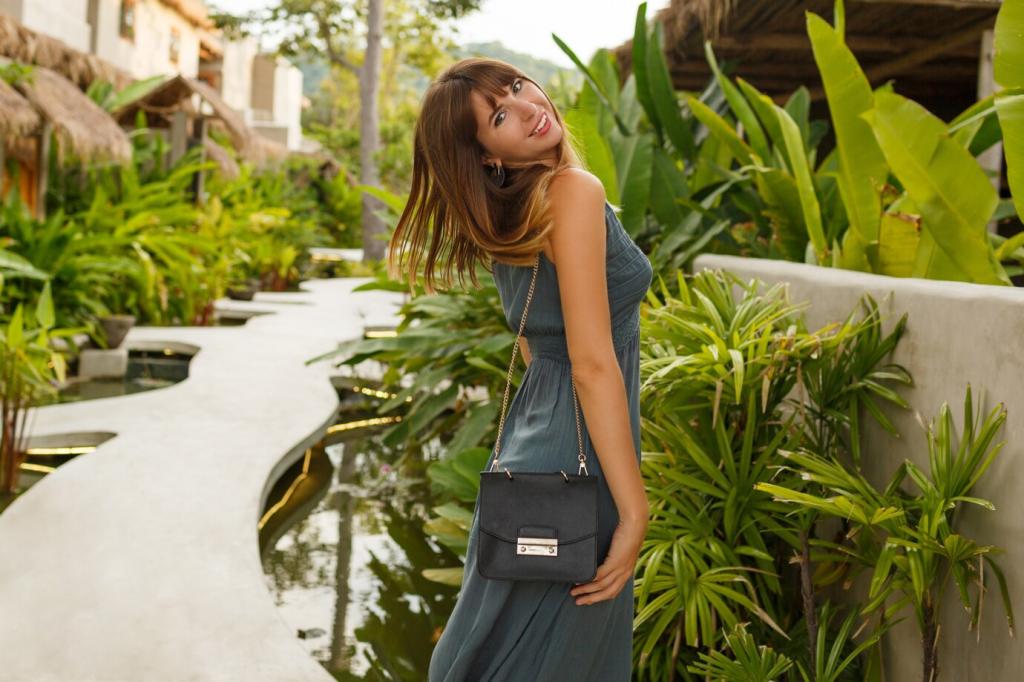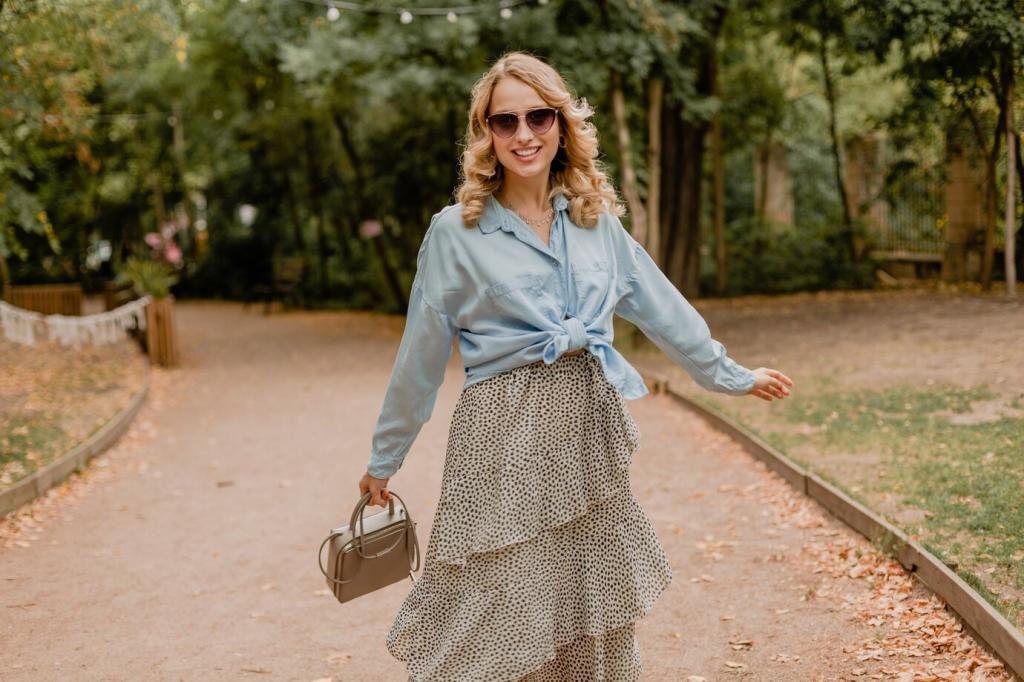Why Sustainable Fabrics Matter Now
Textiles shape water use, carbon footprints, and community health. Choosing organic, recycled, and closed-loop fibers reduces pesticides, saves energy, and cuts toxic effluents. Share one swap you made this year that felt both stylish and responsible.
Why Sustainable Fabrics Matter Now
I once thrifted a linen shirt with a handwritten mending note tucked inside. Learning its flax-to-fabric story made me value longevity over novelty. What cherished piece in your closet carries a meaningful, sustainable backstory?












